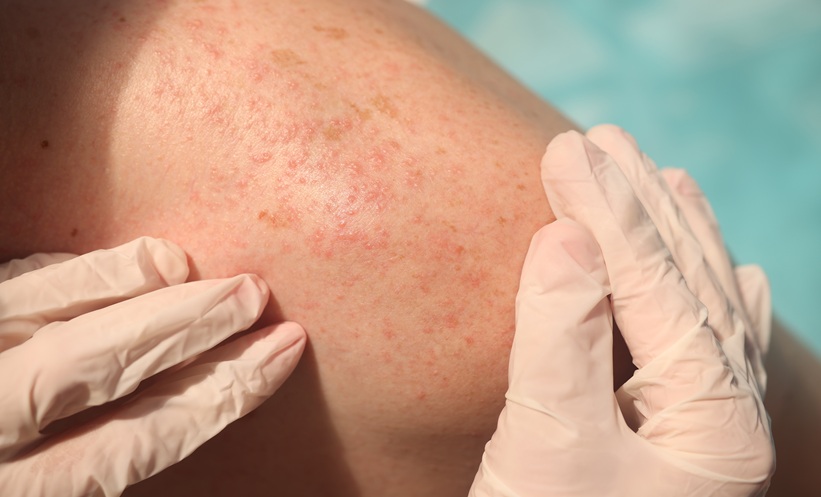Abstract
Xeroderma pigmentosum (XP) is a rare, autosomal recessive disorder of DNA repair. Affected individuals are unable to repair ultraviolet radiation (UVR)-induced DNA damage, leading to a variety of clinical manifestations: a dramatic increase in mucocutaneous malignancies, increased lentigines, extreme photosensitivity (in approximately 50% of cases), and neurodegeneration (in approximately 30% of affected individuals). Incidence in Western Europe is recorded as 2.3 per million live births. There are eight different complementation groups, XP-A to XP-G, and XP-variant (XP-V) corresponding to the eight affected genes. Classically, XP patients were identified by clinicians for their tendency to develop severe and exaggerated sunburn on minimal sun exposure, however recently it has been shown that XP-C, XP-E and XP-V patients have normal sunburn reactions for skin type compared to the other groups, who suffer not only with severe, exaggerated sunburn, but also have an increased incidence of neurodegeneration.
A diagnosis of XP should be considered in a child with either severe sunburn, increasing lentigines at exposed sites, or development of multiple skin cancers at an early age. Skin biopsy and subsequent testing in cell cultures for defective DNA repair, confirms or excludes the diagnosis. Mean life expectancy is reduced; the two main causes of mortality are skin cancer and neurodegeneration. These clinical features distinguish XP from other disorders of DNA repair, namely Trichothiodystrophy and Cockayne syndrome, although overlapping syndromes do occur. Instigation of meticulous photoprotection for all XP patients has been shown to reduce both the lentigines and number of skin cancers dramatically and would be presumed to increase life expectancy. Compliance with photoprotection is a recognised problem amongst XP patients, particularly in those without easy sunburn. This is further accentuated by lack of social acceptance for people who wear UVR-protective visors. Increased awareness of XP, both within the medical and media spheres will benefit current and future XP patients; this will aid earlier diagnosis and timely photoprotection, with better compliance, and therefore, result in an improved prognosis.
Please view the full content in the PDF above.








